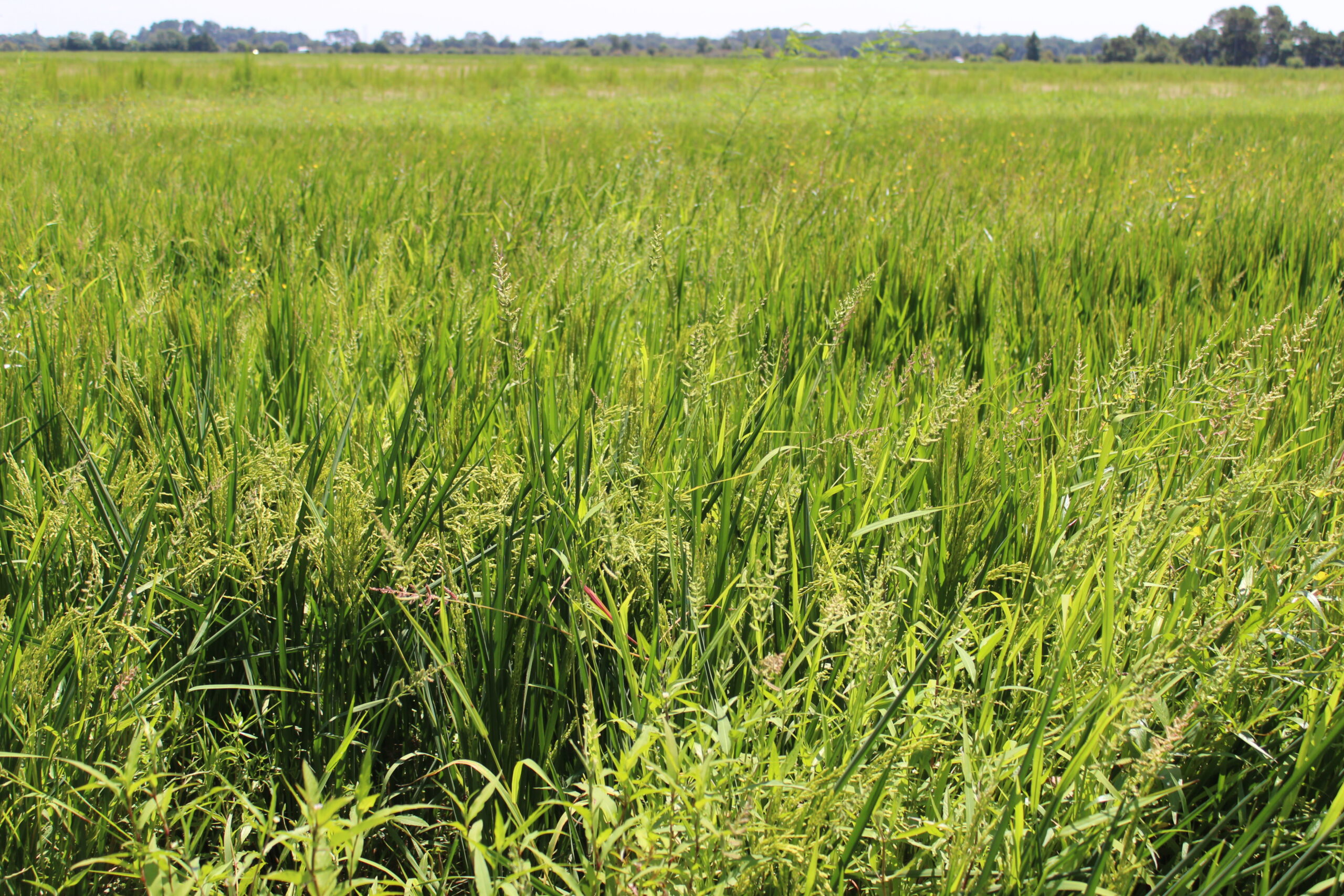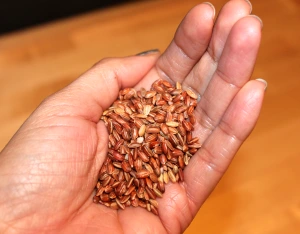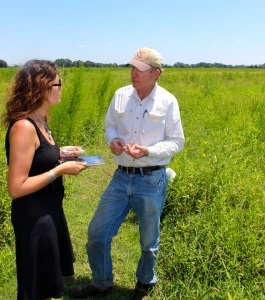Category 4
Category 3
Category 2
Category 1
We specialize in elevating content creators like you through bespoke social media strategies that not only capture attention, but also drive engagement.
Stride Social
Welcome to
Rice Water Footprint
One cup of cooked rice = 50 gallons of water
One pound of uncooked rice = 300 gallons of water
The Natural Product Expo is the largest showcase of “green” edible and non-edible products assembled under one roof in the world. The expo was my baptism into the world of trade shows. I repeated my sales pitch for shower timers a minimum of 1000 times and listened to confessions of long showers. Small plots of floor space were carved out for each vendor. On breaks, I’d walk the orderly rows much like fields of corn. A camera crew filming at one of the booths slowed my pace. I was about to move around them until I overheard, “More crop per drop.” I stayed to listen.
Lotus Foods, co-president Ken Lee addressed the camera. His company imports organic rice from farmers in Asia implementing a farm technique called System of Intensification (SRI) that reduces water usage by 40 percent.
Thirty percent of all freshwater draws of surface and ground water is spent on rice. The small grain provides one-fifth of the world’s caloric intake. To feed a growing population, rice yields must double by 2050 to feed 2.5 billion more people.
Two sizable barriers stand in the way of bigger yields, climate change, and water scarcity. The International Water Management Institute estimates with each 1°C (1.8°F) temperature increase, yields decline by 7 percent. Twenty-five percent of irrigated rice fields, supplying three-quarters of the world’s rice, will suffer water scarcity by 2025. Rice plants, conventionally grown in flooded fields, will need to adjust to a future with less available water for irrigation.
Ken Lee described a rice cultivation method that increased production, saved water and grew stronger plants more resistant to severe weather conditions like hurricanes and drought. Of the couple thousand booths at the trade show promising to “save the planet,” including my shower timer booth, Lotus Foods came the closest.
The U.S., one of the top rice-producing countries, is home to only three farms implementing SRI. A staff member with the SRI International Network and Resource Center located at Cornell University helped me locate Cajun Grain Farms, three hours from New Orleans in Kinder, Louisiana.
Kurt Unkle, the owner of Cajun Grain, charmed me with the quick cadence of his southern accent during our first telephone conversation. He launched into explaining tests done on his rice for the presence of heavy metals performed by a local university. Uncertain if Kurt was describing a different farming technique, I asked, “Does this farming method have a name?” I searched for my pen on my desk and opened my notebook ready to write down his answer. “Yeah, it got a name,” he said in a serious tone. “It’s called taking care of your land.”
In August, I spent the day with Kurt on his rice farm. He taught me why SRI rice uses less water, tests low in heavy metals, and produces larger, more nutrient rich grain. I quickly ate the rice he gifted me on my trip to his farm, but thankfully he sends his rice by mail. My latest shipment was 10 pounds of brown rice. Including shipping the cost for Cajun Grain rice is comparable or less than the organic variety at the grocery store. Visit Cajun Grain with this link.
Eat less water at the kitchen table! There is power in the collective.
Be well,
Florencia
Leave a Reply Cancel reply
Ready to take Action?



New format looks really good! In fact, the Sela WP theme was my second choice for my blog. Your sidebar looks great and I like that you put your Twitter/FB/Goodreads profile. I’d suggest you remove the “Rate this” widget off of your page; it’s not something you need or that people click on. You’d much rather them click on the Twitter or FB icon.
Love it. Great blog with interesting info and good photos. Water footprints are fascinating. Thank you, Florencia.
Great article as always. I especially like the endind statement: Eating less water begins at the kitchen table. There is power in the collective. YES!!!